With over 1.5 billion monthly active users, Facebook can be a goldmine for advertisers—as long as you play by the rules.
But what, exactly, are the rules?
While Facebook updates its clients with new standards whenever itsalgorithms change, there are still plenty of obscure rules for success left unsaid. Luckily, there are ways to glean some insight into Facebook’s shadowy algorithm. Social media management agency Consumer Acquisiton analyzed 100,000 Facebook ads and shared its findings to marketers who are desperate for some understanding of the minutiae that determine whether Facebook ads fail or succeed.
Based on the research, here are seven tips for making the most of your advertising efforts.
1. Take image testing seriously
Consumer Acquisition found that images are responsible for more than 75 percent of ad performance, so it’s crucial that you choose the most dynamic images possible.
To do this, the report recommends testing between 10 and 15 images with the same ad copy against one audience. It’s also best to boost each ad with a small budget—like $15—to a large audience so you have more performance data to look at. Ideally, you should expect to spend about 10 percent of your monthly budget on testing alone.
2. And copy testing too
That chunk of your budget should also include copy testing. After you select a strong image, create five to 10 ads with variations of different copy to find the one that generates the most engagement.
A/B testing headlines can also increase your engagement by 25 percent and CTR by up to 50 percent. It’s important to keep experimenting—even if you have a headline that seems to work. To do this, just create a copy of an existing ad (with optimized image and copy), change the headline, and keep A/B testing until you hit the most effective one. The process may seem like a lot of work, but it’s worth making sure your ad reaches its full potential.
One more tip when it comes to copy: The sweet spot for Facebook text length is 40 characters, so keep it short and to the point.
3. Keep visuals simple
When it comes to developing the creative for your ads, less is always more. According to the report, plain, white, or blurred image backgrounds work best. They serve to keep the focus on your message without confusing the user. On a related note, it’s better to feature one product than to cram a bunch into the frame.
Text should also be simple. Specifically, Consumer Acquisitions found that “text often performs best when positioned in a horizontal or vertical copy bar, with a background color that increases contrast, and, of course, strong calls-to-action.”

4. Incorporate vibrant colors
Some of the biggest sites on the Internet are blue—from Facebook to Twitter to Tumblr—but that doesn’t mean your ad creative needs to be. In fact, if you want to stand out, it’s time to get colorful.
While blues tend to blend too much with Facebook’s theme colors, and blacks and grays are visually recessive (meaning the eye ignores them), vibrant colors like red, yellow, orange, and green appear in some of the most successful ads. The colors will help your ad pop in a News Feed that’s otherwise full of babies and pets.

5. Take advantage of user-generated content
Here’s an interesting finding: User-generated images tend to outperform professional photos. As the report states, “Facebook is a user-created content environment, where users are more likely to trust ads that feel like what they’re already finding in their newsfeed. In other words, successful ads feel organic.”
Therefore, it’s wise to avoid stock photos or images with models. Including “real” people who actually understand and use your product—like your company’s employees or customers—will make for a more relatable ad message.
6. Use images of happy women and children
This tip may sound strange, but that doesn’t make it any less effective. Consumer Acquisition found that both men and women prefer to see ads featuring women and children, particularly if they’re happy and looking straight into the camera.
7. Keep refreshing your strategy
Once you’ve found the most effective images and copy for your ads, run them for about a week. Then once performance starts to drop, start over with new creative. Consumer Acquisition recommends testing between 10 and 20 new images each week with the expectation that only one will truly resonate with your users.
As the study states, “Expect more failure than success, and realize that each failed test will cost money before it offers a result. You may feel like you’re ‘wasting’ a lot of money for the testing process alone, but that’s the price of knowledge and success.”



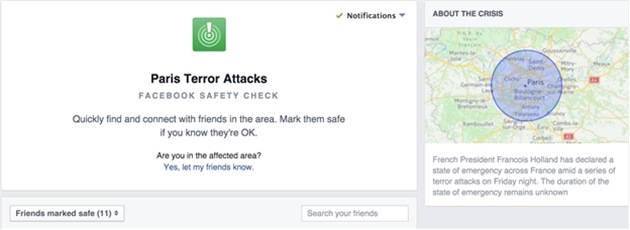
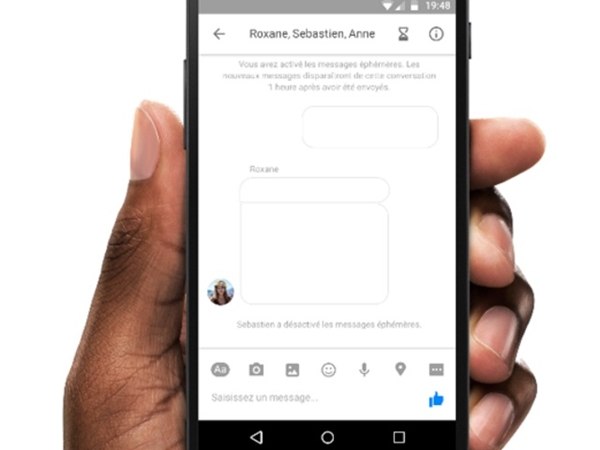
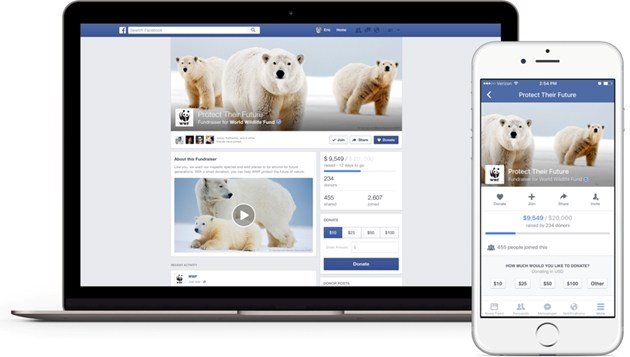

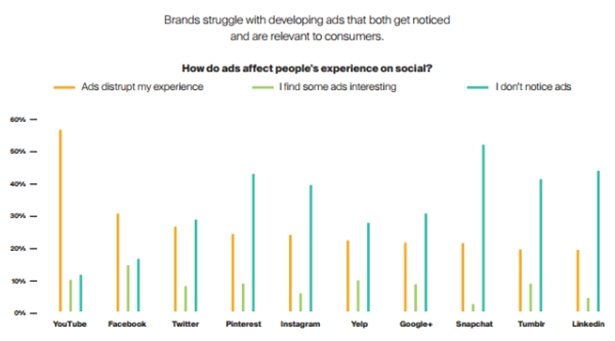
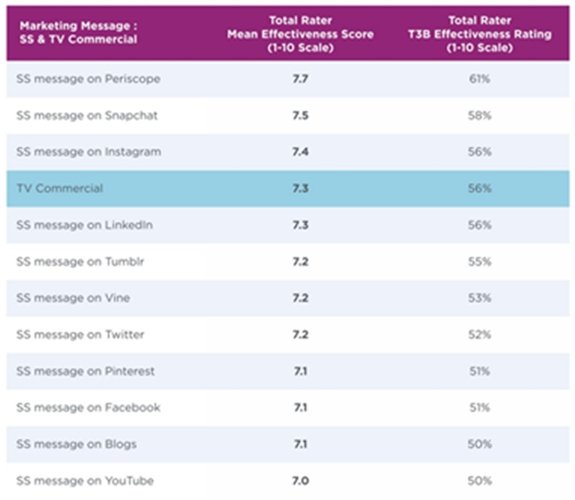
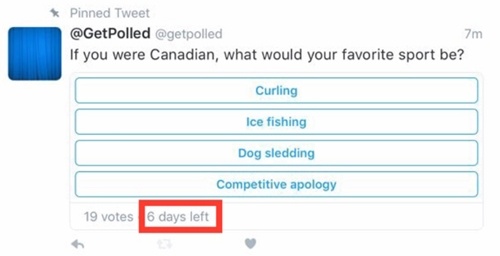
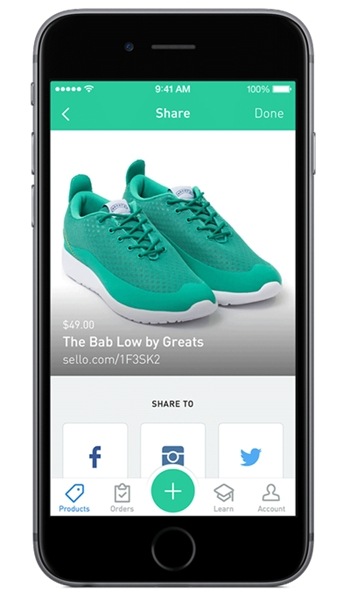
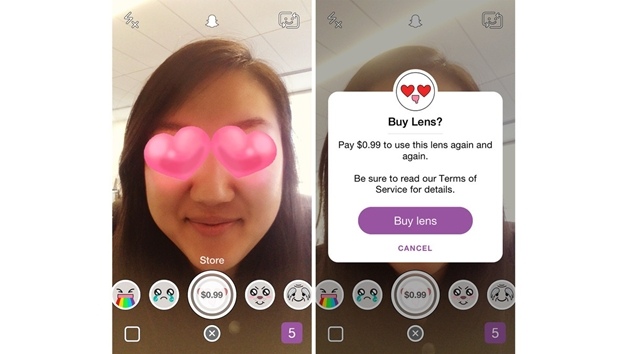
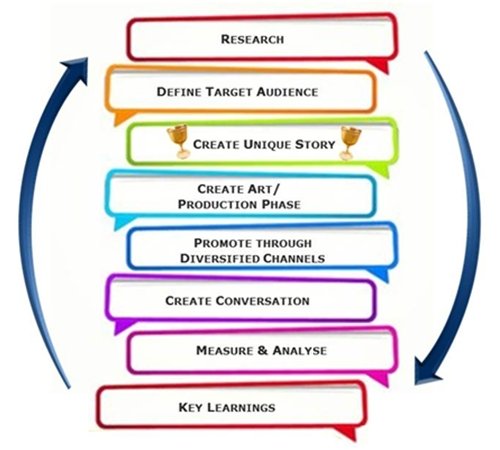
inShare